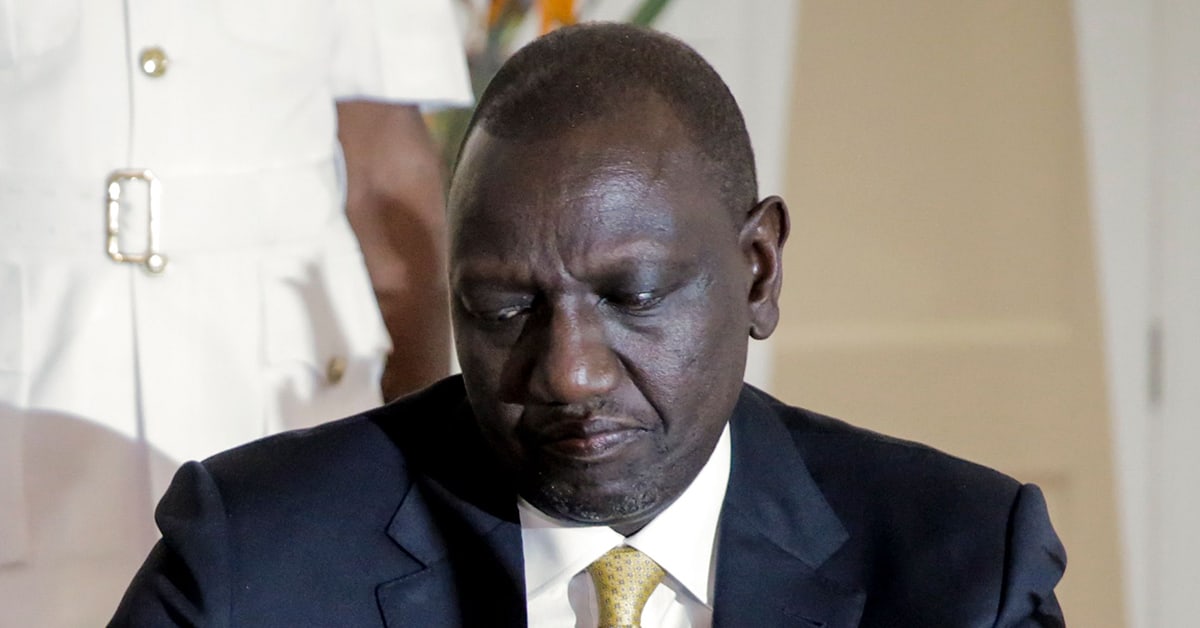The new president has said he intends to prioritize agriculture and food security, stimulate job creation and reawaken the competitiveness of the private sector by reducing government domestic borrowing.

After a bitterly fought campaign, Kenya’s new president, William Ruto, squeaked into power touting a “bottom-up” economic model. Though largely ambiguous, his promises to empower the masses rather than concentrate wealth in the hands of a few resonated effectively with voters, a majority of whom identify with his background. This penetrated deeply due to current economic hardships.
Ruto defied seemingly insurmountable odds to win the presidency in the August 9 election, defeating his closest rival, Raila Odinga, by a tiny margin of 233,000 votes. For the new president, who considers himself a “hustler,” becoming Kenya’s fifth president will prove easier than governing the country.
“Ruto has inherited a country in economic turmoil, yet expectations are enormous,” says Victor Omondi, Viffa Consult managing director. Kenya is the biggest economy in East Africa, with a GDP of $116.6 billion. The country is going through an economic crisis shaped by upheavals in the macroeconomic arena, external shocks, runaway public debt, drought and corruption. The World Bank contends more than a third of the population lived on less than $2 a day as of 2019.
Ruto promises to return Kenya to prosperity via “the Plan,” a document that outlines his transformation agenda. Top of his announced priority list (to be implemented soon after taking office) is to abolish fuel and food subsidies. Ruto calls it “stupid” to subsidize consumption; and although the move has sent prices soaring, he insists it is temporary pain.
The new president has said he intends to prioritize agriculture and food security by investing $2 billion in five years, stimulate job creation with $412 million annually to micro, midsize and small enterprises through the Hustler Fund, and reawaken the competitiveness of the private sector by reducing government domestic borrowing. Other key priority sectors include housing, health care and the digital and creative economy, where Kenyans hope to find jobs for the country’s 5.2 million unemployed youth.



